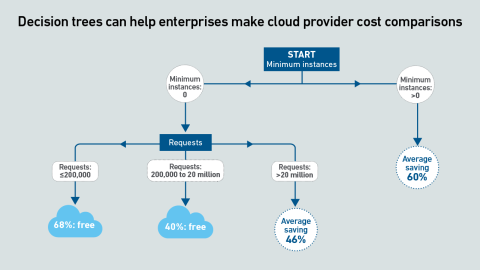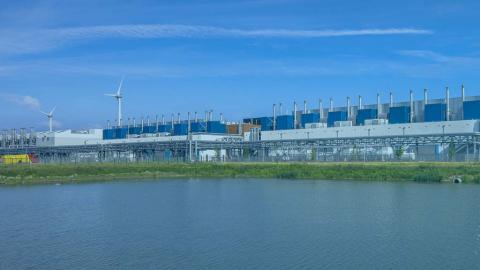Direct liquid cooling adoption remains slow, but rising rack densities and the cost of maintaining air cooling systems may drive change. Barriers to integration include a lack of industry standards and concerns about potential system failures.
filters
Explore All Topics
The 15th edition of the Uptime Institute Global Data Center Survey highlights the experiences and strategies of data center owners and operators in the areas of resiliency, sustainability, efficiency, staffing, cloud and AI.
The data center industry is on the cusp of the hyperscale AI supercomputing era, where systems will be more powerful and denser than the cutting-edge exascale systems of today. But will this transformation really materialize?
AI training can strain power distribution systems and shorten hardware life - especially in data centers not built for dynamic workloads. Many operators may be underestimating these risks during design and capacity planning.
Investment in giant data centers and high-density AI infrastructure is driving a surge of interest in digital twins and AI-enabled simulations. However, experience in the field of computational fluid dynamics suggests obstacles lie ahead.
The European Commission's proposed data center rating and labeling scheme will require operators to report a range of operational data. This report details Uptime's official response to the proposals.
The terms "retail" and "wholesale" colocation not only describe different types of colocation customers, but also how providers price and package their products, and the extent to which customers can specify their requirements.
In 2025, three US states passed legislation to manage data center access to energy and water resources, protect residential electricity rates and mitigate electrical grid instability - which may prompt other states to follow suit.
Liquid cooling contained within the server chassis lets operators cool high-density hardware without modifying existing infrastructure. However, this type of cooling has limitations in terms of performance and energy efficiency.
This webinar discussed the latest cyberattack trends targeting digital infrastructure and explored common attack vectors against IT, OT, and IoT systems, analyzing the techniques used by malicious actors to compromise systems and disrupt data center…
The EU is stepping up efforts to implement the Energy Efficiency Directive for data centers by announcing a related energy efficiency package, due to be released in Q1 2026.
As Malaysia's data center market booms, the government has initiated regulations and standards to manage and direct energy use, efficiency and sustainability - building on emerging global policy trends.
Serverless container services enable rapid, per-second scalability, which is ideal for AI inference. However, inconsistent and opaque pricing metrics hinder comparisons. This pricing tool compares the cost of services across providers.
Serverless container services enable rapid scalability, which is ideal for AI inference. However, inconsistent and opaque pricing metrics hinder comparisons. This report uses machine learning to derive clear guidance by means of decision trees.
Current geopolitical tensions are eroding some European organizations' confidence in the security of hyperscalers; however, moving away from them entirely is not practically feasible.
 Rose Weinschenk
Rose Weinschenk
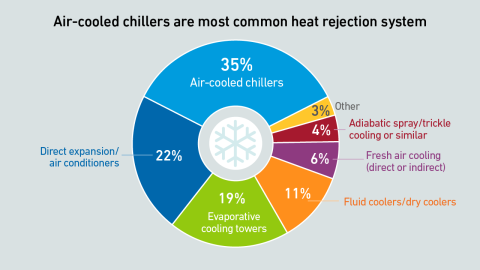
 Douglas Donnellan
Douglas Donnellan
 Andy Lawrence
Andy Lawrence
 Daniel Bizo
Daniel Bizo
 Dr. Owen Rogers
Dr. Owen Rogers
 Peter Judge
Peter Judge
 Jacqueline Davis
Jacqueline Davis
 Max Smolaks
Max Smolaks
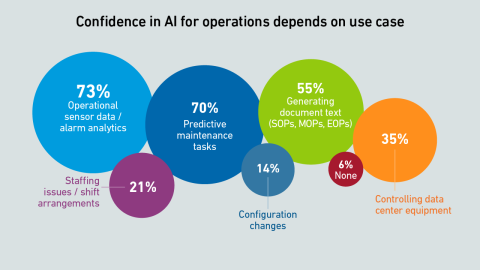
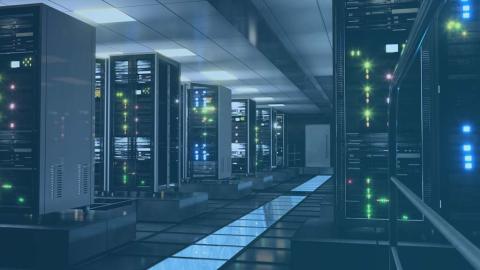

 John O'Brien
John O'Brien
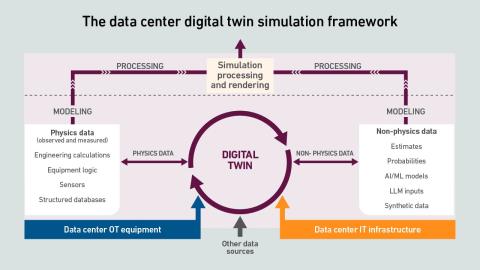
 Jay Dietrich
Jay Dietrich
 Dr. Tomas Rahkonen
Dr. Tomas Rahkonen

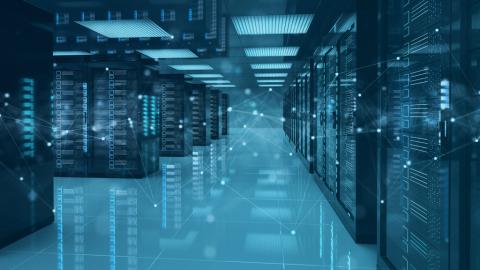

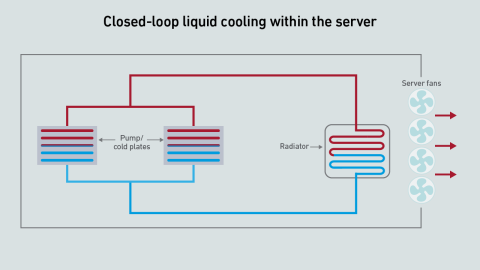
 Antonio Ramos
Antonio Ramos
 Lanre Rotimi
Lanre Rotimi
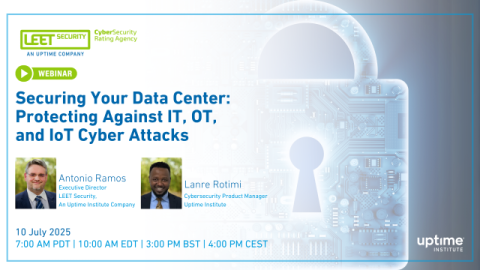

 Seb Shehadi
Seb Shehadi


